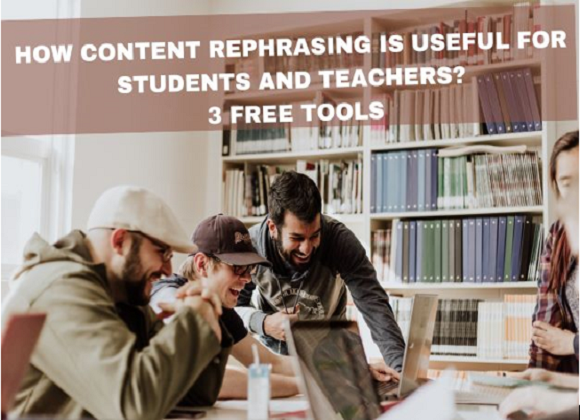Courses
Grow skills with quality courses
The National Education Policy (NEP) 2020 highlights that in all stages, experiential learning will be adopted, including hands-on learning, arts-integrated and sports-integrated education, story-telling-based pedagogy, among others, as standard pedagogy within each subject, and with explorations of relations among different subjects.
Experiential learning is an engaged learning process whereby students “learn by doing” and by reflecting on the experience. Experiential learning activities can include but are not limited to, hands-on laboratory experiments, internships, practicums, field exercises, study abroad, undergraduate research, and studio performances.
Today experiential learning has become an essential method in all innovative pedagogical practices as it holistically strives to shift the child from rote learning and memorization to learning by doing through experience and activity. This gains utmost importance in the context of the demands of now and the future in the wake of sweeping changes due to the technological revolution. The world has changed rapidly; robotics, artificial intelligence, data science, the internet of things, zenomics, mobile computing, crowdsourcing, autonomous vehicles, virtual reality to name a few are impacting very fast on every aspect of life. Richard Riley has said that "We need to prepare students for jobs that don't yet exist, to use technologies that haven't been invented in order to solve problems we don't know are problems yet."
Well-planned, supervised, and assessed experiential learning programs can stimulate academic inquiry by promoting interdisciplinary learning, civic engagement, career development, cultural awareness, leadership, and other professional and intellectual skills.
Learning that is considered “experiential” contain all the following elements:
Kolb is an American educational theorist who published his ideas about experiential learning in 1984. He suggested that there are four main stages of the learning cycle, which we’ll explain below: 
About the author
Comments
Recommended by Gurushala

Technology & Innovation
-By Valentina MilanovaHow Content Rephrasing is Useful for Students and Teachers? 3 Free Tools

Stories of Indian Classrooms
-By GurushalaOn the course of continuous learning- An inspiring teacher story from Pune
Related Articles
